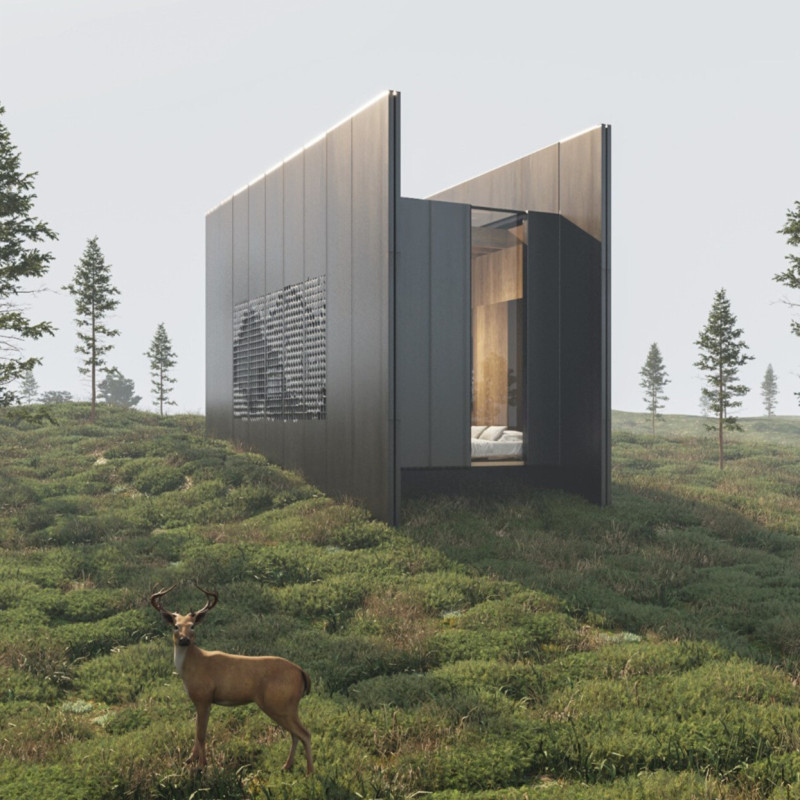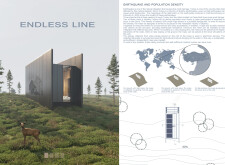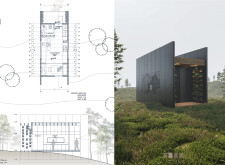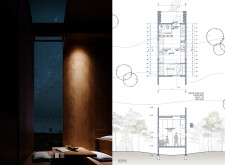5 key facts about this project
### Overview
The "Endless Line" project is located in Turkey, specifically addressing the challenges posed by seismic activity and urban population density, particularly in cities like Istanbul. The intent is to develop a self-sufficient, modular housing solution adaptable to varying environmental conditions while emphasizing sustainability.
### Spatial Strategy and User Experience
The design incorporates a modular system that organizes living, working, and sleeping areas, allowing for flexibility and customization according to inhabitants' needs. A unique feature includes a built-in wall bed, enhancing spatial efficiency crucial for compact residential units. Large openings and skylights facilitate natural light, fostering a connection between indoor spaces and the surrounding environment.
### Materiality and Sustainability Features
The exterior is clad in sleek, vertical metal panels, providing durability and weather resistance suitable for earthquake-prone regions. In contrast, internal wood beams and clapboard create an inviting atmosphere. The project utilizes a vapor barrier to maintain energy efficiency and incorporates photovoltaic solar panels for renewable energy generation. Additionally, a rainwater harvesting system is integrated to support water resource self-sufficiency, embodying the project's commitment to sustainability and energy independence.






















































